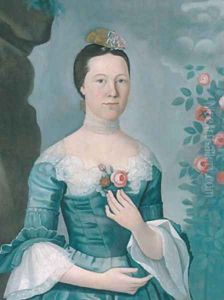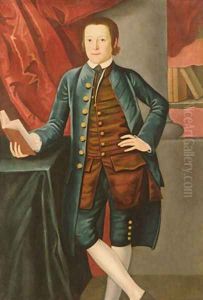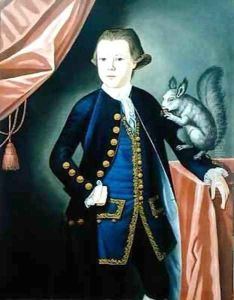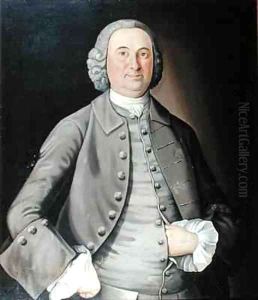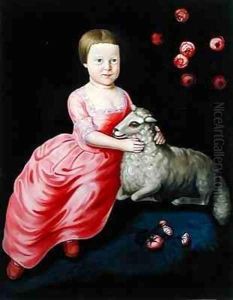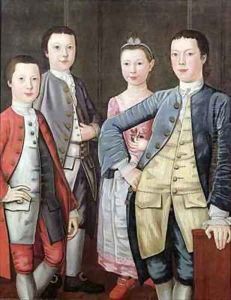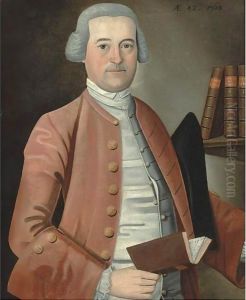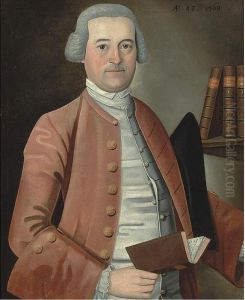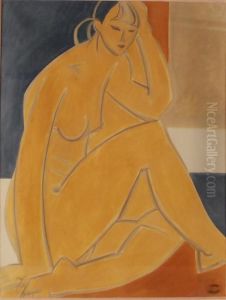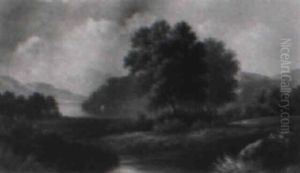John Durand Paintings
John Durand, sometimes also known as Jean Durand, was an American painter active during the late 18th and early 19th centuries. Born in 1760, Durand is often recognized for his contributions to early American portraiture. He worked during a period of great change in the United States, around the time of the American Revolution and the early years of the nation's establishment.
John Durand was part of a family of artists, and his work was influenced by the style of his father, Asher Brown Durand, who was also a prominent figure in American art, particularly known for his work as an engraver and later as a landscape painter. However, it is important to note that sometimes historical records can be confusing, and there may be conflation between the work and lives of John Durand and his father, Asher Brown Durand, who was born in 1796 and died in 1886.
The younger Durand's portraiture was characteristic of the American colonial style, which was heavily influenced by European artistic traditions but also began to develop its own distinct qualities. His subjects were often prominent figures of the time, and he captured the ideals and sensibilities of the burgeoning American society through his art.
Little is known about John Durand's training and early career, but he is believed to have been active primarily in New York and Virginia. His paintings displayed a keen attention to detail and a strong grasp of anatomical accuracy, which was particularly important for portraiture of the era.
Durand's legacy, albeit not as widely recognized as that of his father, contributed to the foundation of American art history. He passed away in 1824, leaving behind a body of work that provides insight into the early American artistic style and the cultural milieu of the time.
